Some of the popular spices grown and used in Sri Lanka – By Malsha – eLanka
Sri Lanka is known for its rich and diverse range of spices, which have been an integral part of the country’s cuisine for centuries. Some of the popular spices grown and used in Sri Lanka include:
- Cinnamon: Sri Lanka is renowned for its high-quality cinnamon, which is harvested from the inner bark of the cinnamon tree. Cinnamon is widely used in Sri Lankan cuisine to add a warm and sweet flavor to dishes.
- Cardamom: Another popular spice in Sri Lanka is cardamom, which has a strong, aromatic flavor and is used in both sweet and savory dishes.
- Cloves: Cloves are another commonly used spice in Sri Lankan cooking and are known for their warm, sweet flavor.
- Turmeric: Turmeric is a bright yellow spice that is widely used in Sri Lankan cuisine for its earthy flavor and vibrant color.
- Black pepper: Black pepper is a staple spice in Sri Lankan cooking and is used to add heat and flavor to dishes.
- Mustard seeds: Mustard seeds are used in Sri Lankan cuisine to add a nutty and slightly bitter flavor to dishes.
- Fenugreek: Fenugreek is a bitter-tasting spice that is used in Sri Lankan cooking for its distinct flavor and aroma.
- Curry leaves: Curry leaves are an essential ingredient in many Sri Lankan curries and add a fragrant, citrusy flavor to dishes.
- Pandan leaves: Pandan leaves are used in Sri Lankan cooking to add a sweet, floral flavor to dishes.
These are just a few examples of the many spices that are grown and used in Sri Lanka, making its cuisine incredibly flavorful and unique.
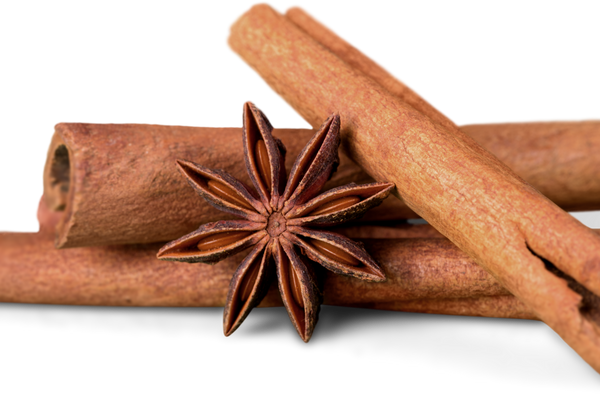
Cinnamon is a popular spice that is derived from the bark of trees belonging to the Cinnamomum family. Sri Lanka, which was formerly known as Ceylon, is renowned for producing high-quality cinnamon with a delicate, sweet flavor and aroma.
Cinnamon has been used for centuries in Sri Lankan cuisine and is a key ingredient in many traditional dishes. It is used in both sweet and savory dishes, such as curries, rice dishes, and desserts.
In addition to its culinary uses, cinnamon has also been used for its medicinal properties. It is believed to have anti-inflammatory and anti-bacterial properties, and may help lower blood sugar levels and cholesterol levels.
Sri Lankan cinnamon is available in several forms, including cinnamon sticks, ground cinnamon, and cinnamon oil. It is often used in combination with other spices such as cardamom, cloves, and black pepper to create complex and flavorful blends.
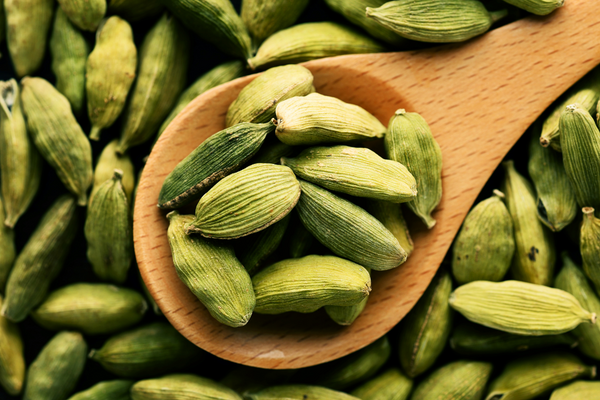 Cardamom is a spice that is native to the Indian subcontinent and is widely used in Sri Lankan cuisine. It is a member of the ginger family and is known for its strong, aromatic flavor.
Cardamom is a spice that is native to the Indian subcontinent and is widely used in Sri Lankan cuisine. It is a member of the ginger family and is known for its strong, aromatic flavor.There are two main types of cardamom: green cardamom and black cardamom. Green cardamom is more commonly used in Sri Lankan cuisine and has a sweet and floral flavor with hints of citrus and eucalyptus. Black cardamom, on the other hand, has a smoky, earthy flavor and is used in savory dishes.
Cardamom is used in a variety of dishes in Sri Lankan cuisine, including curries, rice dishes, and desserts. It is often used in combination with other spices such as cinnamon, cloves, and nutmeg to create complex and flavorful blends.
In addition to its culinary uses, cardamom has also been used for its medicinal properties. It is believed to aid digestion, boost metabolism, and help fight inflammation.
Cardamom is available in several forms, including whole pods, seeds, and ground cardamom powder. It is best to store cardamom in a cool, dry place to maintain its flavor and aroma.
Cloves
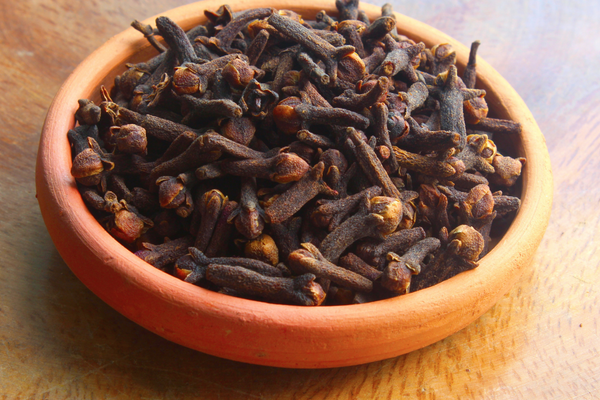
Cloves are a popular spice that are commonly used in Sri Lankan cuisine. They are the dried flower buds of the evergreen clove tree, and are known for their warm, sweet and slightly bitter flavor.
Cloves are used in a variety of dishes in Sri Lankan cuisine, including curries, rice dishes, and desserts. They are often used in combination with other spices such as cinnamon, cardamom, and nutmeg to create complex and flavorful blends.
In addition to its culinary uses, cloves have been used for centuries for their medicinal properties. They are believed to have anti-inflammatory, antioxidant, and analgesic properties, and may help improve digestion and fight infections.
Cloves are available in several forms, including whole cloves, ground cloves, and clove oil. They are best stored in a cool, dry place to maintain their flavor and aroma. When using whole cloves in a dish, it is best to remove them before serving as they can be quite strong and overpowering if eaten whole.
Turmeric
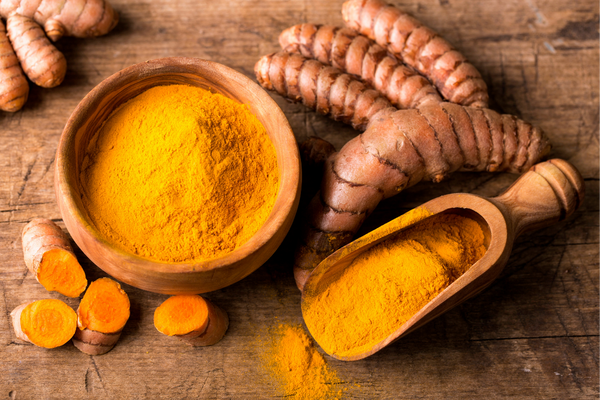
Turmeric is a bright yellow spice that is widely used in Sri Lankan cuisine. It is a member of the ginger family and is known for its earthy, slightly bitter flavor and vibrant color.
Turmeric is used in a variety of dishes in Sri Lankan cuisine, including curries, rice dishes, and chutneys. It is often used in combination with other spices such as cumin, coriander, and ginger to create complex and flavorful blends.
In addition to its culinary uses, turmeric has been used for centuries for its medicinal properties. It is believed to have anti-inflammatory, antioxidant, and anti-cancer properties, and may help improve brain function, reduce the risk of heart disease, and alleviate arthritis symptoms.
Turmeric is available in several forms, including fresh turmeric root, turmeric powder, and turmeric supplements. It is best stored in a cool, dry place to maintain its flavor and color. When using turmeric in a dish, it is important to use it in moderation as it can be quite strong and overpowering if used in excess.
Black pepper
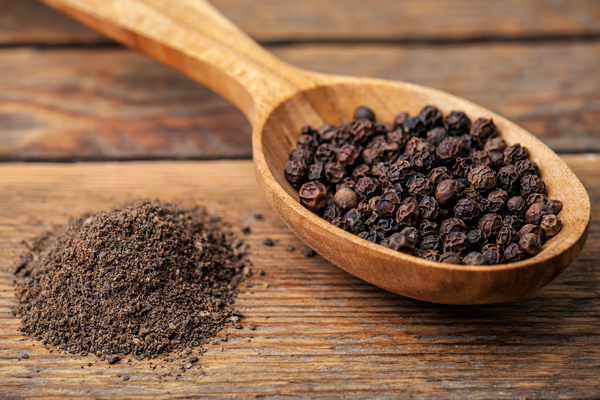
Black pepper is a widely used spice in Sri Lankan cuisine. It is a flowering vine in the Piperaceae family, and the dried fruit of the vine is used as a spice. Black pepper has a pungent, earthy flavor and a distinctive aroma.
Black pepper is used in a variety of dishes in Sri Lankan cuisine, including curries, rice dishes, and soups. It is often used in combination with other spices such as cinnamon, cloves, and cardamom to create complex and flavorful blends.
In addition to its culinary uses, black pepper has also been used for its medicinal properties. It is believed to have antioxidant and anti-inflammatory properties, and may help improve digestion and reduce the risk of certain diseases.
Black pepper is available in several forms, including whole peppercorns and ground pepper. It is best stored in a cool, dry place to maintain its flavor and aroma. When using black pepper in a dish, it is important to use it in moderation as it can be quite strong and overpowering if used in excess.
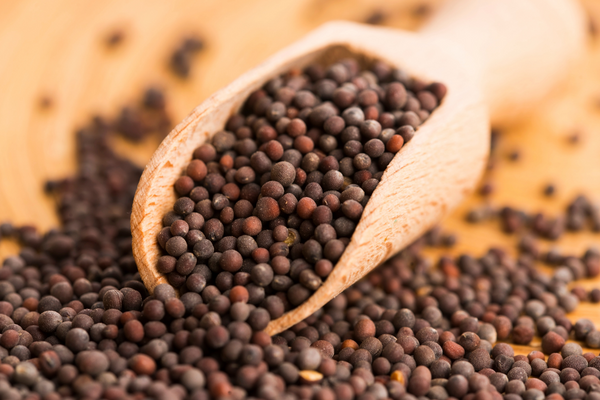
Mustard seeds are a commonly used spice in Sri Lankan cuisine. They come from the mustard plant, which is a member of the cabbage family. Mustard seeds have a pungent, spicy flavor and are often used as a seasoning in a variety of dishes.
In Sri Lankan cuisine, mustard seeds are used in a variety of dishes, including curries, vegetable dishes, and pickles. They are often used as a flavoring agent in spice blends, such as curry powder, and are also used to make mustard sauce.
In addition to its culinary uses, mustard seeds are also believed to have medicinal properties. They are rich in antioxidants and may have anti-inflammatory effects.
Mustard seeds are available in several colors, including black, brown, and yellow. The flavor and heat of the mustard seed can vary depending on the type of seed used. They can be used whole, crushed, or ground, and are best stored in a cool, dry place to maintain their flavor and aroma.
Fenugreek
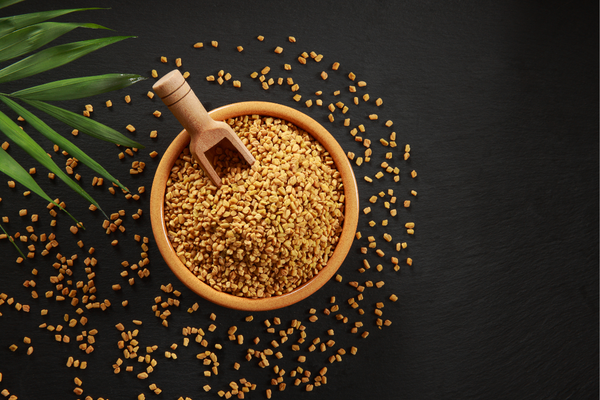
Fenugreek is a spice that is commonly used in Sri Lankan cuisine. It is a member of the legume family and is known for its bitter, nutty flavor and aroma.
Fenugreek is used in a variety of dishes in Sri Lankan cuisine, including curries, vegetable dishes, and chutneys. It is often used in combination with other spices such as cumin, coriander, and turmeric to create complex and flavorful blends.
In addition to its culinary uses, fenugreek has been used for centuries for its medicinal properties. It is believed to have anti-inflammatory, antioxidant, and anti-diabetic properties, and may help improve digestion, reduce cholesterol levels, and increase milk production in nursing mothers.
Fenugreek is available in several forms, including whole fenugreek seeds, fenugreek powder, and fenugreek supplements. It is best stored in a cool, dry place to maintain its flavor and aroma. When using fenugreek in a dish, it is important to use it in moderation as it can be quite strong and bitter if used in excess.
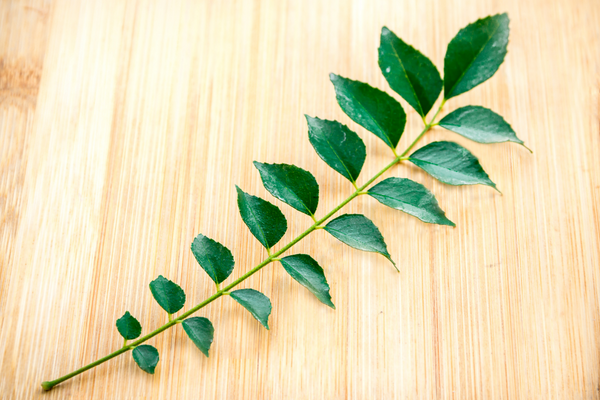
Curry leaves are a popular spice used in Sri Lankan cuisine. They are the leaves of the curry tree, a tropical tree native to India and Sri Lanka. Curry leaves have a distinct, aromatic flavor and are often used in Sri Lankan curries and rice dishes.
Curry leaves are also used as a flavoring agent in Sri Lankan spice blends, such as curry powder and garam masala. They are typically used fresh, although dried curry leaves can also be used.
In addition to its culinary uses, curry leaves have been used in traditional medicine for centuries. They are believed to have anti-inflammatory and antioxidant properties, and may help improve digestion and reduce the risk of certain diseases.
Curry leaves are best stored fresh in the refrigerator, although they can be dried and stored in an airtight container for later use. When using curry leaves in a dish, it is important to remove the stems as they can be tough and fibrous. The leaves can be added whole or chopped to a dish for flavor.
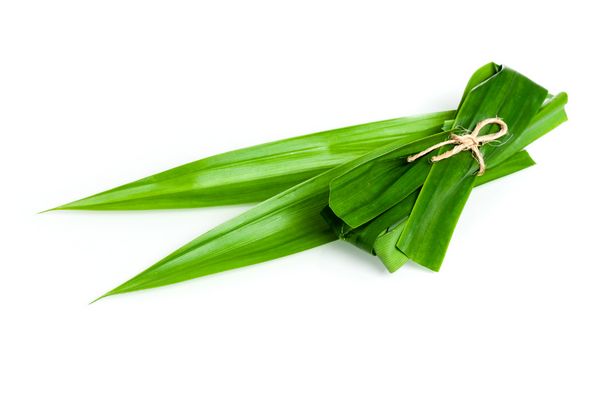
Pandan leaves are a popular ingredient in Sri Lankan cuisine, particularly in desserts and sweets. They come from the pandan plant, which is a tropical plant native to Southeast Asia.
Pandan leaves have a unique, sweet flavor and aroma, and are often used in Sri Lankan dishes such as coconut milk rice, pandan cake, and watalappan (a traditional Sri Lankan dessert made with coconut milk, jaggery, and pandan leaves).
In addition to its culinary uses, pandan leaves are also believed to have medicinal properties. They are rich in antioxidants and may have anti-inflammatory effects.
Pandan leaves are typically used fresh, although they can be frozen for later use. They can be added to a dish whole or chopped, and are often used in combination with other ingredients such as coconut milk, sugar, and spices to create unique and flavorful dishes. Pandan leaves can also be used to infuse liquids such as tea and cocktails.
Spices are an integral part of Sri Lankan cuisine, and have been used in the country’s cuisine for centuries. There are several reasons why Sri Lankan cuisine relies heavily on spices:
- Flavor: Spices add flavor and complexity to Sri Lankan dishes. Sri Lankan cuisine is known for its bold, spicy flavors, and spices play a key role in creating these flavors.
- Preservation: Historically, spices were used in Sri Lanka as a way to preserve food. The warm, humid climate of Sri Lanka meant that food would spoil quickly, but spices could help to extend its shelf life.
- Health benefits: Many of the spices used in Sri Lankan cuisine are believed to have health benefits. For example, turmeric is believed to have anti-inflammatory properties, while cinnamon may help regulate blood sugar levels.
- Cultural significance: Spices have a long and rich history in Sri Lankan culture. The country was an important center of the spice trade for centuries, and spices have played a significant role in Sri Lankan trade, cuisine, and traditional medicine.
Overall, spices are an important part of Sri Lankan culture and cuisine, and continue to be used in the country’s dishes today.







